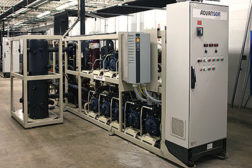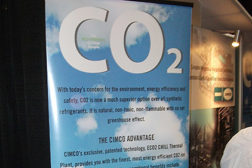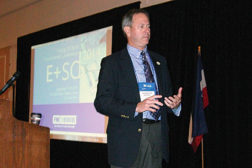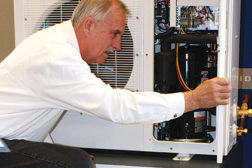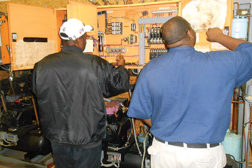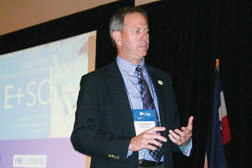Home » Refrigerated display cases
Articles Tagged with ''Refrigerated display cases''
More Supermarkets Utilizing Natural Refrigerant Systems
Read More
The Transactional Way to Efficient Refrigeration
Approach Being Studied by Oak Ridge, Energy Department
Read More
FMI Conference Compares, Contrasts Refrigerants and Refrigeration Systems
System Designs Become More Complex
Read More
Retailers Look for Solutions as Convenience Refrigeration Expands
Intense Competition and Changing Customer Behavior Have Changed the Landscape for Supermarket Refrigeration
Read More
Emerson’s E360 Examines Refrigerants from All Angles
Event Explores the Evolving HVAC Refrigerant Landscape
Read More
Schools Extend Reality-based Training
Supermarket Refrigeration and RV Refrigeration are the Focus for Two New Schools
Read More
FMI Considers the Future of Supermarket Refrigeration
Research Reveals Optimal Refrigerant Choice is Dependent on Application, Setting
Read More
Prioritizing Leak Tightness
It’s Critical During Commercial Refrigeration Retrofits
December 1, 2014
Copyright ©2024. All Rights Reserved BNP Media.
Design, CMS, Hosting & Web Development :: ePublishing
